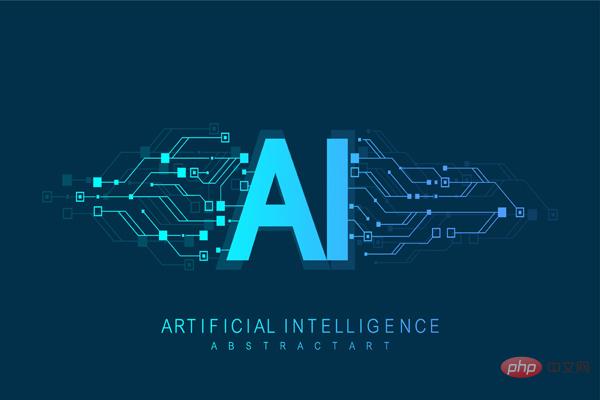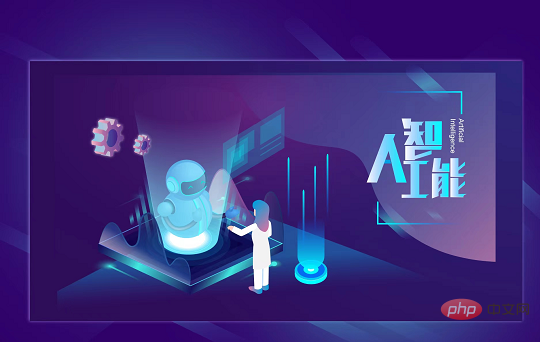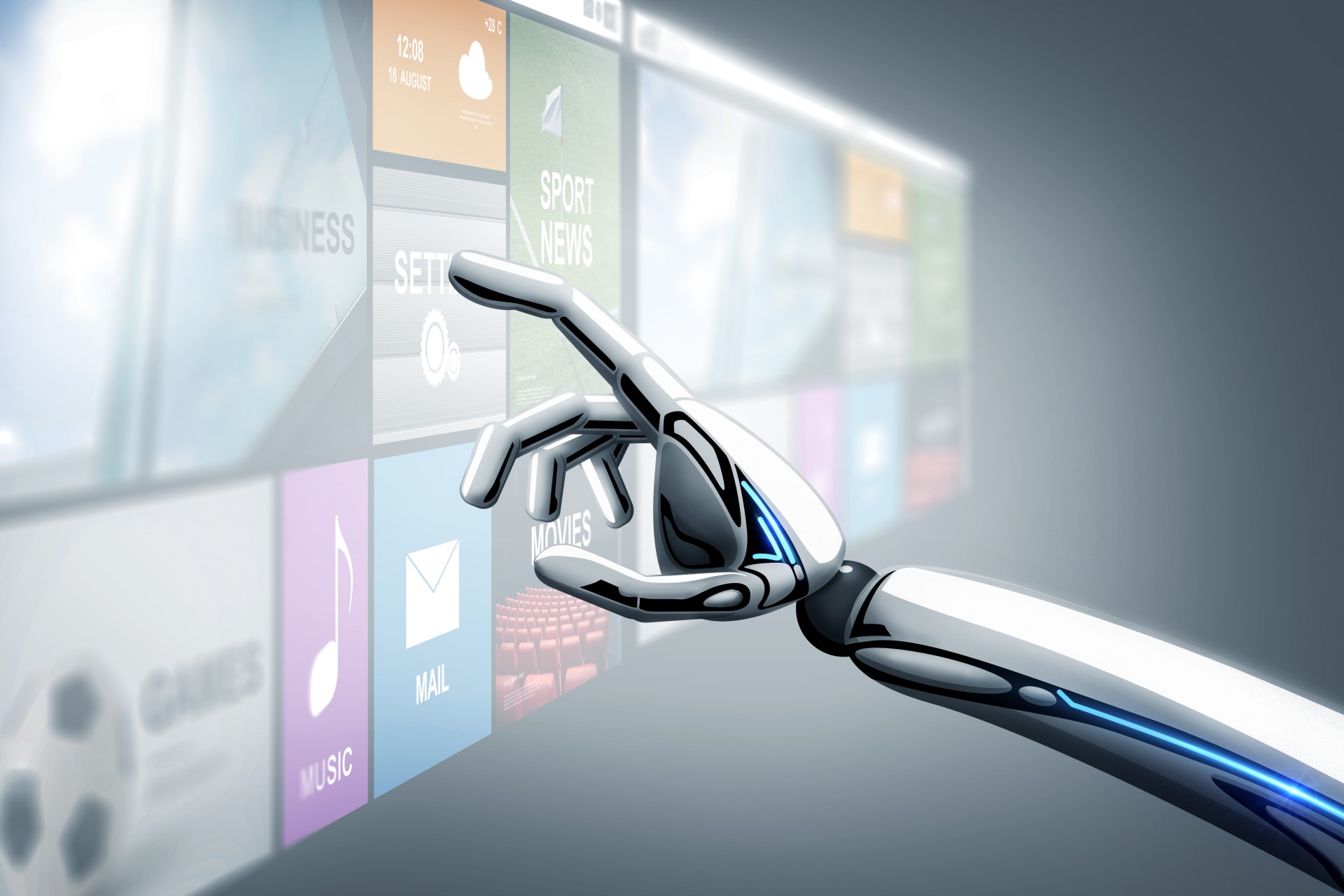Industry 5.0 builds on Industry 4.0 technologies but emphasizes sustainability and collaboration between humans and machines.
Many of the steps automakers are taking today to enable smart operations will help drive further improvements in the future. While the benefits of digitalization and Industry 4.0 have been discussed for many years, interest in Industry 5.0 is growing.
Industry 5.0 goes beyond Industry 4.0 as it shifts the focus from economic value to broader concepts of social value and well-being

Building on Industry 4.0
In order to fully understand Industry 5.0, it is necessary to summarize the methods and goals of Industry 4.0.
First of all, the goal of Industry 4.0 is to bring a high level of digitalization to the manufacturing industry. The typical scope of work covers and integrates a wide range of technologies, including IoT, digital twins, robotics, automation, data sharing, complex analytics and the increasing use of artificial intelligence and machine learning
After rewrite What: These technologies aim to increase productivity and efficiency through virtualization and automation, thereby reducing the need for manual intervention in processes. For this approach to work, a high level of integration and communication between machines and systems needs to be achieved. In this way, each element of the manufacturing operation can make decisions independently, no longer requiring the intervention of human operators
Industry 5.0 ups the stakes
Industry 5.0 is built on the technology of Industry 4.0 , but it places more emphasis on the cooperation between humans and machines. Some say it aims to find a balance between automating operations and leveraging human insights. In other words, it aims to create an optimal environment that relieves workers of their daily tasks through automation. At the same time, leveraging the expertise of workers on the production line can refine and improve processes and operations in real time
On this point, there are many examples in manufacturing and other industries that show that human insights combined can improve outcomes. Take modern meteorology as an example. Similar to how manufacturing leverages IoT, analytics and modeling, meteorologists make predictions by collecting large amounts of weather data from around the world. These data are incorporated into complex models to produce forecasts
Many operations involving aviation, transportation, logistics, event planning and other industries are based on these forecasts. However, those seeking a competitive advantage hire their own meteorologists who take charge of model output and refine forecasts. In some cases, meteorologists may fine-tune forecasts based on knowledge of a specific area. In other cases, they might know that the model did a good job or missed something and use those insights to refine predictions. Skilled auto manufacturing workers can use their expertise to do something similar, to expand the benefits of factory automation.
Sustainable Development Aspects of Industry 5.0
In addition, Industry 5.0 will drive sustainable development to a whole new level, emphasizing the social and environmental responsibilities of manufacturing
In today’s world In the market, regulators, shareholders and customers all have requirements and aspirations for sustainable development. Automakers adopting smart manufacturing strategies and implementing the appropriate technologies can address these issues while improving operations, increasing revenue, cutting costs, and more.
To do this, manufacturers must address sustainability issues in a coordinated, integrated and formal manner rather than in an uncoordinated ad hoc manner. Therefore, there is a need for end-to-end scenario planning and strategic analysis rather than focusing on the sustainability aspects of one operational element.
With the right strategy in place, smart technology can make a difference. Smart manufacturers can collect relevant data to evaluate sustainability-related metrics. This data can be aggregated, analyzed, shared, and reported to all stakeholders. The key information provided in this way helps establish a baseline and can be used to identify areas for improvement. This approach is exactly the same game plan that the car manufacturer followed in its initial digitalization and Industry 4.0 projects. In both cases, manufacturers starting down a sustainability path can use this information to identify use cases and scenarios that will have the greatest impact, and then prioritize those things.
Social well-being aspects of Industry 5.0
When it comes to Industry 5.0, the main concern is sustainability. But the goals and achievable goals of Industry 5.0 go far beyond this. As mentioned above, one aspect where Industry 5.0 is expected to play a major role is in improving the well-being of workers.
A typical example is solving worker safety issues in complex manufacturing environments, including the use of automated systems and robots.
For years, automakers have used robots to perform repetitive tasks on production lines. Some robots are tasked with dangerous tasks, while others are tasked with tasks that tire human operators. From an Industry 4.0 perspective, the key to robotics is improving operational efficiency. With a digital twin of a robotic system, the smooth operation of an entire work cell or production line can be ensured. Simulation technology also helps ensure safe operating conditions
Rewritten content: The introduction of Industry 5.0 expands this way of working to find ways for robotic systems to cooperate with human workers. Therefore, Industry 5.0 no longer pursues robotic systems with limited functionality or isolation from human workers for safety reasons, but explores ways for robotic systems to work collaboratively with humans. Such collaborative robots will further exploit the advantages of robotic systems by integrating the operational knowledge of human workers into workflows, as some have put it
The above is the detailed content of What's next for smart factories?. For more information, please follow other related articles on the PHP Chinese website!
 展望智能工厂的下一个阶段:工业5.0的发展路向Nov 21, 2023 pm 05:33 PM
展望智能工厂的下一个阶段:工业5.0的发展路向Nov 21, 2023 pm 05:33 PM工业5.0是在工业4.0技术的基础上建立的,但它强调可持续性和人机协作汽车制造商目前为实现智能运营而采取的许多措施有助于推动未来的进一步改进。虽然数字化和工业4.0的好处已被讨论多年,但人们对工业5.0的兴趣与日俱增。工业5.0超越工业4.0,因为它将重点从经济价值转向更广泛的社会价值概念,例如可持续性和减少能源使用,以及福祉,例如保障复杂制造环境中工人的安全,包括使用自动化系统和机器人技术以工业4.0为基础为了全面了解工业5.0,有必要总结一下工业4.0的方法和目标。工业4.0的目标是为制造业
 人工智能如何助力实现可持续发展?Apr 08, 2023 pm 01:21 PM
人工智能如何助力实现可持续发展?Apr 08, 2023 pm 01:21 PM从化工到能源, 人工智能 (AI) 已经显示出它可以在不同工业部门帮助实现全球可持续发展目标的程度。其中一个例子是Petroliam Nasional Berhad (PETRONAS),该公司承诺到 2050 年实现净零碳排放。 对于马来西亚石油和天然气跨国公司而言,工厂可靠性是实现其可持续发展目标的关键。马来西亚国家石油公司认为,对即将发生的设备故障的早期洞察将使工厂运营商能够在小问题变成大问题之前主动修复设备。他们在微软Azure上的一个企业云试点项目证明了这一概念,该项目包括四个上游
 智能工厂和离散自动化连接的基础知识Apr 12, 2023 pm 08:52 PM
智能工厂和离散自动化连接的基础知识Apr 12, 2023 pm 08:52 PM智能工厂是将允许数字化的制造或生产的所有方面数字化的设施。这种操作通过连接的设备和系统持续记录数据,然后传播这些数据,使机器能够运行自我优化程序。此类程序有助于工厂缩短给定最终产品的生产时间、主动预防机械问题,并简化相互关联的制造任务。构建智能工厂的综合方法利用云工具、人工智能、工业物联网和大数据分析来监控供应链预测,并触发生产线做出响应,其适应性越来越强。支持智能工厂功能的网络现在来了解一下智能工厂连接的具体情况。支持智能工厂功能的工业协议通常需要物理组件进行认证。CAT5e和CAT6以及以太
 工业机器人的六大趋势May 11, 2023 am 08:58 AM
工业机器人的六大趋势May 11, 2023 am 08:58 AM近年来,从新冠疫情到地缘政治紧张以及供应链问题等外部因素对工业机器人领域产生了巨大影响。与此同时,技术和可用性进步等内部因素也对工业机器人的开发和采用产生影响。无论人们是工业自动化的新手,还是具有几十年的经验的资深员工,都有大量的信息需要筛选,这使得识别最具影响力的趋势成为一个真正的挑战。那么,随着2022年的即将结束,行业专家关注的工业机器人趋势是什么呢?1.劳动力和人口统计美国爱普生公司机器人产品经理ScottMarsic表示,劳动力短缺是推动工业自动化采用的主要趋势。仓库自动化专业厂商Lo
 如何使用可信计算技术构建可信智能工厂系统?Jun 11, 2023 pm 02:40 PM
如何使用可信计算技术构建可信智能工厂系统?Jun 11, 2023 pm 02:40 PM随着智能制造的发展,智能工厂系统成为一个越来越重要的技术领域。可是,在云计算和物联网的快速发展下,智能工厂系统也面临着越来越大的信息安全挑战,如何在保证信息安全的前提下建立高效的智能工厂系统成为了我们需要思考的问题。可信计算技术正是为此而生,它提供了一种新的思路和技术手段,以保证智能工厂系统的安全性和可靠性。本文将从可信计算技术的基本概念入手,详细介绍如何使
 工信部:我国 AI 核心产业规模达 5000 亿元,建成 2500 多个数字化车间和智能工厂Oct 16, 2023 am 08:01 AM
工信部:我国 AI 核心产业规模达 5000 亿元,建成 2500 多个数字化车间和智能工厂Oct 16, 2023 am 08:01 AM本站10月15日消息,2023中国(太原)人工智能大会今日在山西太原开幕。中国工业和信息化部科技司副司长任爱光在致辞中介绍,我国人工智能产业近年来蓬勃发展,核心产业规模已达5000亿元人民币,企业数量超过4400家。他提到,我国已经实现人工智能与制造业深度融合,目前已建成2500多个数字化车间和智能工厂,从而有力推动实体经济的数字化、智能化、绿色化转型,显著提升了研发和生产效率。在今年7月的2023世界人工智能大会上,工信部副部长晓兰也曾表示,我国人工智能基础设施加快布局,算力规模位居全球第二,
 生成式AI为高级分析提供了新的可能性Jan 12, 2024 pm 12:12 PM
生成式AI为高级分析提供了新的可能性Jan 12, 2024 pm 12:12 PM生成式人工智能(GenAI)的出现为工业过程分析带来了令人兴奋的新前景。这项变革性技术可以根据用户的提示生成新的文本、代码和图像等内容,从而为过程制造商提供了改变数据分析、优化运营和做出关键决策方式的可能性。这种创新能力使得企业能够更快速地获取所需的信息,并且能够利用这些生成的内容来指导决策和改进工业过程。因此,GenAI的引入为工业界带来了强大的工具,有望推动生产效率和质量的提升,从而实现更大的商业成功。对于生成式AI的兴趣来自于过程制造商在面对“数据丰富而信息贫乏”的情况时感到的困惑,尤其是
 高通发布长期产品计划,为工业和企业物联网产品提供全新组合方案Aug 07, 2023 pm 08:37 PM
高通发布长期产品计划,为工业和企业物联网产品提供全新组合方案Aug 07, 2023 pm 08:37 PM高通技术公司最近宣布推出全新长期产品计划,为其领先的物联网解决方案精选目录提供支持。该计划将于7月27日启动,首批包括16款不同的高通技术公司物联网系统级芯片(SoC),旨在帮助客户设计出更长期、更持久的产品据了解,该计划将于7月27日开始,最初将包括16种不同的高通技术公司物联网系统级芯片(SoC),以支持客户产品设计具有更长久和持久的生命周期长期产品计划中包含的SoC专为应对多种不同工业和企业用例的生命周期需求而设计,包括资产设备跟踪与检测、建设安全、无人机和仓库管理。目录中每个解决方案的产


Hot AI Tools

Undresser.AI Undress
AI-powered app for creating realistic nude photos

AI Clothes Remover
Online AI tool for removing clothes from photos.

Undress AI Tool
Undress images for free

Clothoff.io
AI clothes remover

AI Hentai Generator
Generate AI Hentai for free.

Hot Article

Hot Tools

EditPlus Chinese cracked version
Small size, syntax highlighting, does not support code prompt function

MantisBT
Mantis is an easy-to-deploy web-based defect tracking tool designed to aid in product defect tracking. It requires PHP, MySQL and a web server. Check out our demo and hosting services.

Safe Exam Browser
Safe Exam Browser is a secure browser environment for taking online exams securely. This software turns any computer into a secure workstation. It controls access to any utility and prevents students from using unauthorized resources.

Dreamweaver CS6
Visual web development tools

PhpStorm Mac version
The latest (2018.2.1) professional PHP integrated development tool







